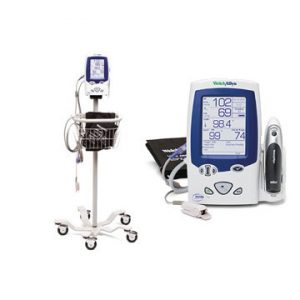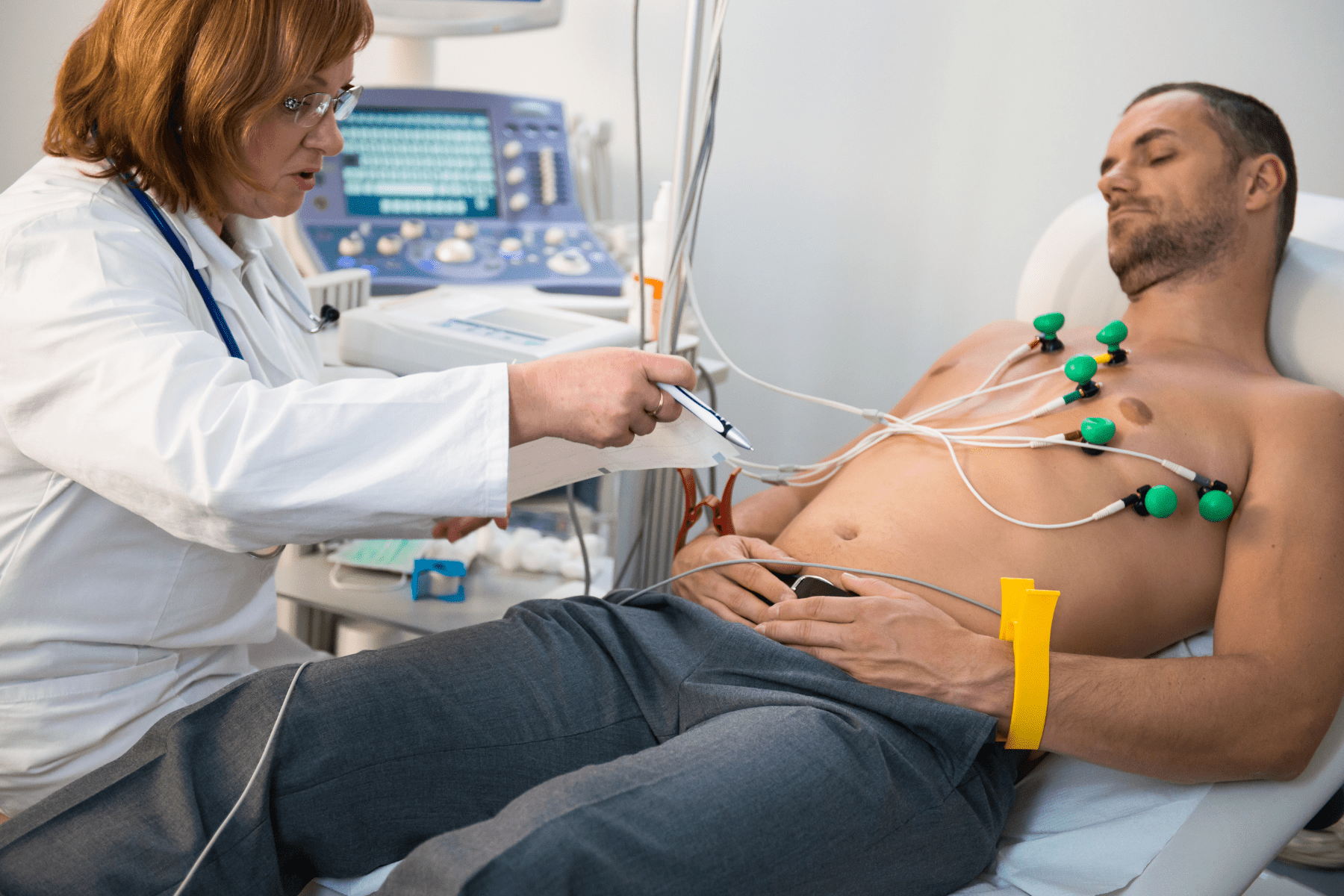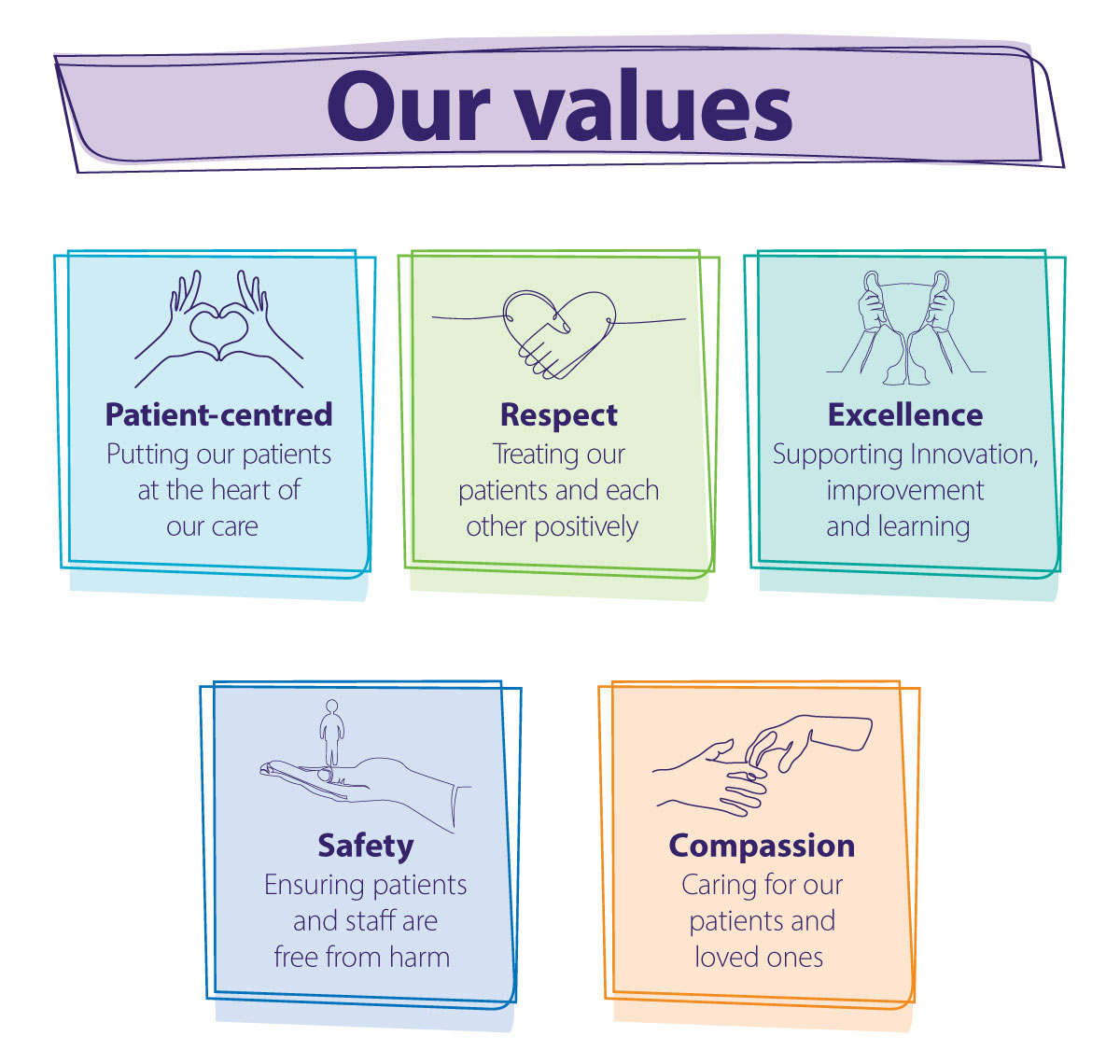You turn up at hospital and what is the first, most basic test that they carry out? Vital observations. From the most minor injuries to surgery and intensive care, throughout the hospital at every level, vital observations are integral to medical understanding and monitoring of the individual. They can be relatively rudimentary signal acquisition systems, relaying physical signals from the patient through a signal amplifier and analog to digital converter where electrical signals can be analysed and monitored on a computer. So how has this relatively straightforward technology become so outdated in anywhere other than the operating room, when recently in Los Angeles, California, I was presented with cutting edge, holistic, remote medical sensing technology at Massimo biotechnology?

Working throughout the RD&E Exeter and SGH Southampton Hospitals, and most recently work in Coronary Care and Emergency Majors department has raised my awareness of the failures of vital monitoring systems so highly relied upon. For instance, ECG monitoring on Cardiac units currently rely upon either static or cumbersome remote ECG monitors that can be very restricting to the patient (especially those generally mobile or that become agitated without activity), require manual operation, and generally provide minimal amount of information solely related to one requirement, in comparison to the holistic, versatile, and minimally invasive remote monitoring systems currently being innovated and sold on the market.

Currently, Massimo offer the Radius VSM which provides the ‘versatility of a bedside monitor in a wearable device’. This includes pulse oximetry monitoring, respiration monitoring and rates, noninvasive blood-pressure which have customisable intervals of observation, temperature, patient mobility and orientation monitoring providing ability to detect falls and prevent pressure sores, and ECG with 6 different waveforms. The ability to monitor these variables from the nursing desk, regardless of where the patient is, can be much more time efficient and less restricting than current methods. This must also be able to factor in for artefacts that can present themselves in readings, for instance mains interference or EMG (electricity radiated from muscle) as a result of movement.
While perhaps the NHS has equipment that will “do the job”, does it work to what could be its current full potential and reflect the incredible recent advances made in bioengineering (which could lead to improved patient outcomes)? No.
The NHS has a multifaceted problem with innovation and development. This comes down to difficulty in implementing changes to a highly decentralised and overly bureaucratic system which would require a lot of coordination and investment. Investment with a tight budget from the British taxpayer and high competition between arguably just as, if not more important medical devices and materials, proves another problem. In terms of innovation, inevitably there is a reluctance within healthcare professionals to step out of the comfort zone into a new era when the old is tried, tested, and already payed for.
Despite the NHS working at a sufficient level, how far does its ethical obligation to innovate, stretch into the modern age of technology. Patient wellbeing would improve with more accurate, less restrictive systems. Equality and access to healthcare across the country with better outcomes, improved efficiency and reduced waiting times for any individual regardless of background, would also be possible. Furthermore, innovation would be an obligation of beneficence and non-maleficence with patients best interests in mind. However, to what extent this is significant in terms of resource allocation must be up for contemplation.

Evidently now the NHS has realised their need to develop in this niche with necessary trials being launched. However, the delay in this being a priority is evidence of the NHS need to improve.
This is a well-communicated blog. The it is written well with good use of multimedia. It could be improved with the use of (hyperlinked) references and a more balanced analysis of the topic. More reflection throughout (for example, what surprised you? What did you learn? What would you do if you were in charge of that tight budget?) would add to the blog overall.